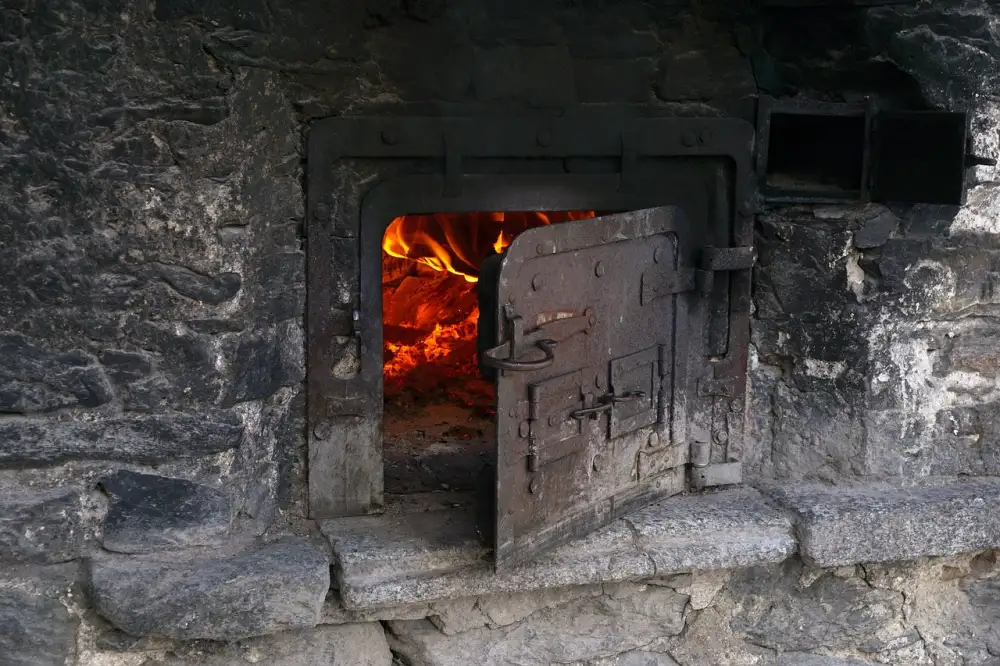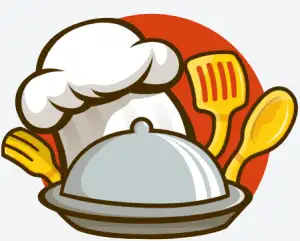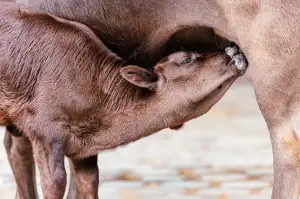Mastering Your Convection Oven: Essential Tips and Techniques for Home Cooks

Convection ovens are a popular choice for home cooks looking to elevate their cooking game. Unlike conventional ovens that rely on radiant heat, convection ovens use a fan to circulate hot air around the food. This constant circulation results in faster and more even cooking, making it ideal for roasting, baking, and even crisping up foods. By mastering the use of a convection oven, home cooks can achieve better results with their dishes and unleash their culinary creativity in the kitchen.
Preheating the Convection Oven
Preheating your convection oven is crucial for optimal cooking results. Unlike traditional ovens, convection ovens require preheating to ensure even heat distribution throughout the cooking process. To preheat, simply set your oven to the desired temperature and allow it to heat up for about 10-15 minutes before placing your food inside. This initial heating period helps activate the convection fan and ensures that your dishes cook evenly and efficiently. Always follow the manufacturer's instructions for preheating times and temperatures to achieve the best outcomes in your convection oven cooking endeavors.
Adjusting Cooking Temperatures and Times
When using a convection oven, it's important to adjust your cooking temperatures and times for optimal results. Typically, you should reduce the temperature by about 25 degrees Fahrenheit compared to conventional ovens. This is because the fan in a convection oven helps distribute heat more evenly, allowing for faster and more efficient cooking. Additionally, you may need to shorten your cooking times by around 25% as well. It's always best to start checking on your food a little earlier than usual to prevent overcooking. Experimenting with different dishes will help you determine the right adjustments needed for each recipe.
Placement of Cookware in the Convection Oven
When using a convection oven, it's important to consider the placement of cookware to ensure even cooking. Opt for shallow pans or baking sheets with low sides to allow hot air to circulate freely around the food. Avoid overcrowding the oven by leaving enough space between dishes for proper air circulation. Position cookware in the center of the oven, making sure there is at least 1-2 inches of space between the sides of the pan and the oven walls for optimal heat distribution. Additionally, avoid covering the oven racks with foil as it can disrupt airflow and affect cooking results. By following these guidelines, you can maximize the efficiency of your convection oven and achieve deliciously cooked meals every time.
Utilizing the Convection Fan for Even Cooking
Utilizing the convection fan in your oven is crucial for achieving even cooking results. The fan helps to circulate hot air around the food, ensuring that heat is distributed evenly. This can result in faster cooking times and more consistent browning of your dishes. When using the convection setting, it's important to adjust your recipe's temperature and cooking time accordingly, as convection ovens typically cook food faster than conventional ovens. Be sure to follow the manufacturer's guidelines for optimal results when utilizing the convection fan in your cooking endeavors.
Monitoring Food for Doneness
When using a convection oven, it is crucial to monitor your food for doneness to ensure that it is cooked perfectly. The circulating hot air in the oven can cook food faster and more evenly than a conventional oven, so it's essential to keep an eye on your dishes.
To check for doneness, use a reliable instant-read thermometer to measure the internal temperature of meat, poultry, and fish. Different types of food have specific safe internal temperatures that indicate they are fully cooked and safe to eat. For example, chicken should reach an internal temperature of 165°F (74°C), while beef should reach 145°F (63°C) for medium-rare.
Additionally, visual cues can also help determine if your food is done. Look for golden brown crusts on baked goods or crispy exteriors on roasted vegetables. Use a toothpick or fork to test the doneness of cakes and casseroles by inserting it into the center – if it comes out clean, the dish is ready.
Remember that food will continue cooking slightly after you remove it from the oven due to residual heat. Allow meats to rest before slicing into them to retain their juices and tenderness. By closely monitoring your food for doneness, you can ensure that every dish you prepare in your convection oven turns out perfectly cooked and delicious.
Cleaning and Maintenance Tips for Convection Ovens
Cleaning and maintaining your convection oven is essential for its longevity and performance. To keep it in top condition, regularly wipe down the interior with a damp cloth and mild detergent. Remove any food spills or grease buildup promptly to prevent them from hardening. The convection fan should also be cleaned periodically to ensure proper airflow. Additionally, check the seals around the door for any signs of wear and tear, as they play a crucial role in maintaining the oven's temperature efficiency. Regular maintenance will not only extend the life of your convection oven but also ensure that your food cooks evenly every time.
Published: 16. 04. 2024
Category: Food



